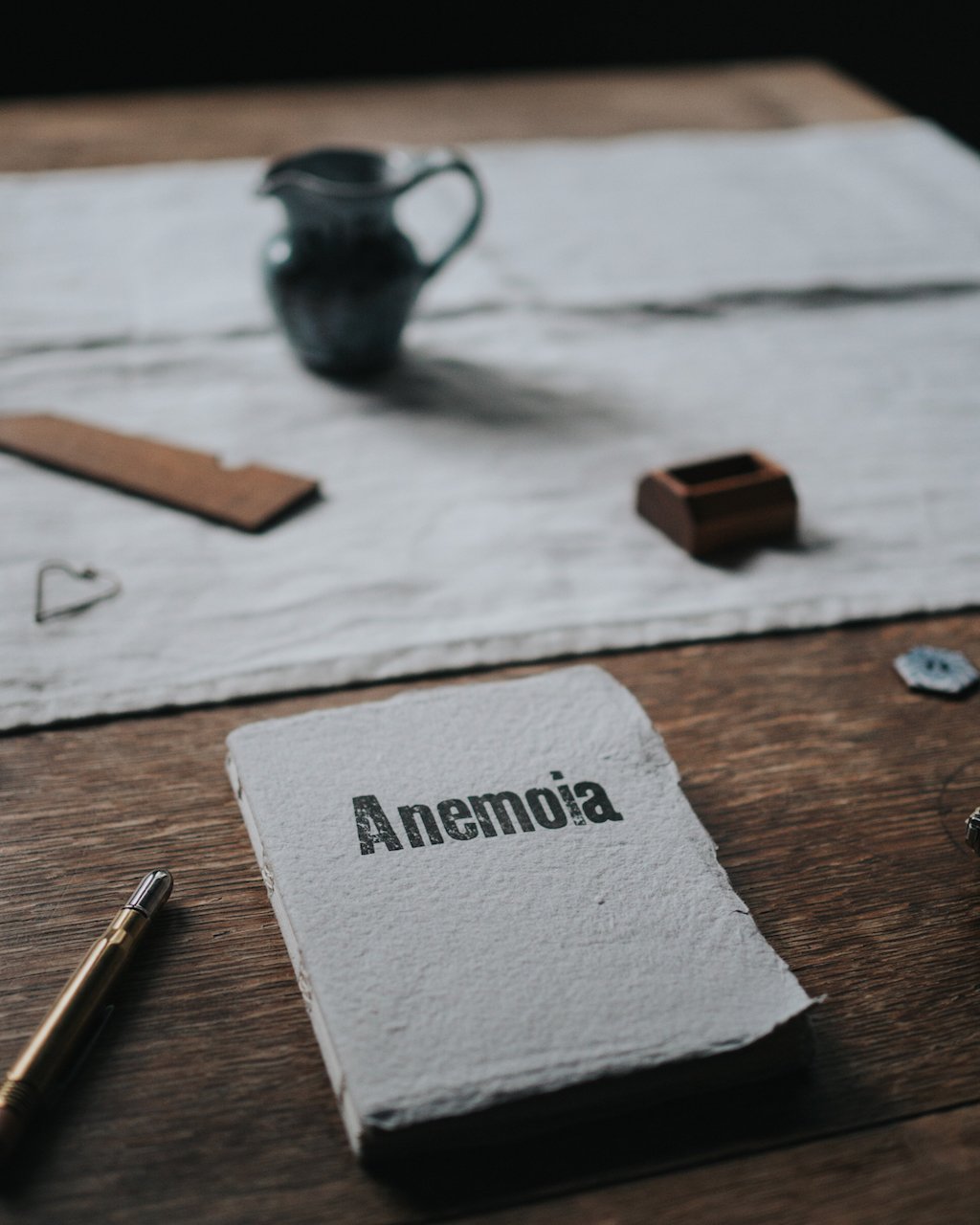Fresh starts, clean slates, drafts and new notebooks
There is, for any stationery addict, a very particular brand of joy about a new notebook: the untarnished cover, the crisp, fresh paper-scented pages, the sense of possibility. We all have notebooks that are so full of beautiful potential that we don’t feel ready, or worthy, to fill them at all. They sit on a shelf, or at the back of a drawer, still perfect in their promise, unspoilt by our idiosyncratic handwriting, crossing-outs and false starts.
I’ve shared tips before about starting a new notebook, when the fear is one of making the wrong mark on that first beautiful page. But sometimes, the block sits somewhere a little deeper. Sometimes the fear is less of that actual, physical blank page, but of its metaphorical, boundary-less twin. Sometimes we simply do not know what to write, or where to start.
When I was a student, I would start committing essays to screen with what I called ‘rubbish writing’. The idea was simple: I assumed that what I was writing was not the final product. It was just words. I called it rubbish to lower my own expectations, to reassure myself that it didn’t matter that it was rubbish: rubbish was what I was going for. I would open a document and just type. With the assumption that it would all be at best edited, if not discarded entirely, it no longer mattered what the first sentence was as it wouldn’t end up being the first sentence at all. Sometimes writing anything at all, even ‘I really don’t know what to write’, is the one simple trick you need to get started. And with the pressure off, when I went back to re-read that first draft, I’d often find the text didn’t need editing after all.
When working on paper, when that new notebook feeling is too intimidating, I start making notes elsewhere first. The margins or the off blank half-page in an already full notebook can provide just the right amount of constraint to help you feel safe writing those new ideas, with the familiarity of a worn cover and much thumbed pages. But you can’t keep the blank page at bay forever: the vertigo of possibility is what you need to be truly free and imaginative. So grab a blank sheet of paper and get that draft going. Use pencil if it still feels too risky to put anything down in ink (I always write in pencil anyway). Blackboards (or literal clean slates) are also perfect for this: space to experiment in reassuringly temporary chalky lines.
I have a notebook I bought many years ago, chosen primarily for its Wes Anderson-like retro look and soft vintage yellow cover. It was one of those affordable indulgences: a modest but perfectly designed object that I enjoyed looking at and handling, even if I had no need or use for it. I have had my eye on it again more recently. The reason I haven’t used it yet is that it has tabs. And I haven’t had a project yet that could make worthy use of this format, of this number of sections. I’m not even sure my mind is sufficiently well organised to ever use the tabbed sections of a notebook effectively. But I think, just round the corner, this notebook is going to be perfect. Or maybe what I’m thinking about at the moment will require something slightly different. Perhaps I’ll end up feeling the need to make my own, something that will fit better. But to get to that stage – the choosing, the making, and ultimately the using – I will first need to draft ideas elsewhere, on a different kind of blank page, or even a different kind of notebook.
Because I do believe that picking a new notebook for a new project, for a new chapter in your life, is genuinely powerful. The notebook won’t change our lives, the planner won’t, on its own, make us organised and bring our project to fruition. But the symbolism of the blank page for a fresh start does carry its own everyday magic. And just as picking a different kind of outfit to embody a new version of ourselves can give us just the confidence we need to convey who we want to become, a carefully chosen notebook can help us imagine, dream, and create the life we want. It can, appropriately enough, because the words, the images, the metaphors we use are never random, be the tool we need to write that new chapter.




